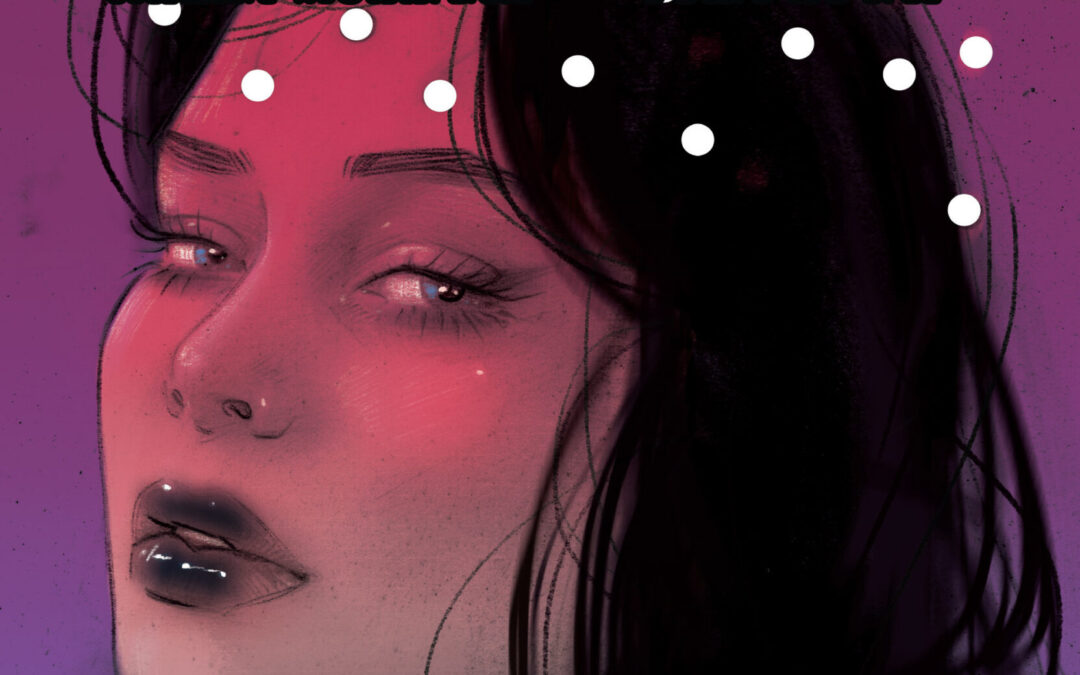
by Rebelle Summers | Jun 13, 2025 | Blog
Myths of the gods and their worshippers – the latter, typically of the feminine persuasion – at their feet have captured the human imagination for centuries. Whether they are devoted disciples, artist’s muses, or, like the subjects from this review,...
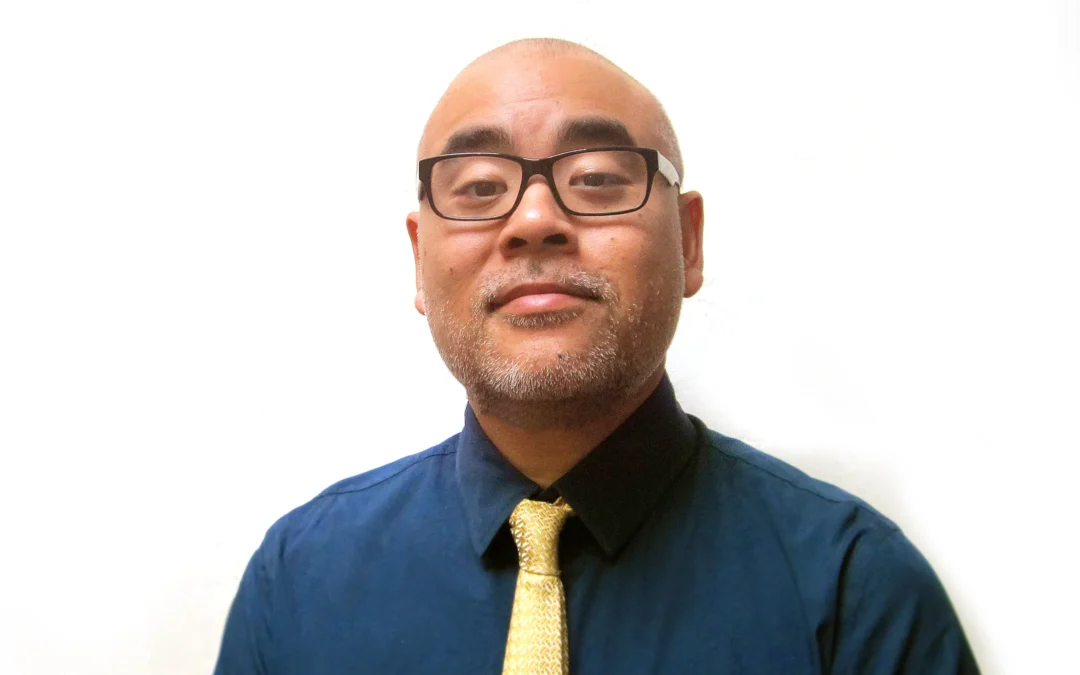
by Michele Kirichanskaya | Apr 2, 2025 | Blog
Dan Santat is the Caldecott Medal–winning and New York Times–bestselling author and illustrator of The Adventures of Beekle: The Unimaginary Friend and the road trip/time travel adventure Are We There Yet? His artwork is also featured in numerous picture books,...
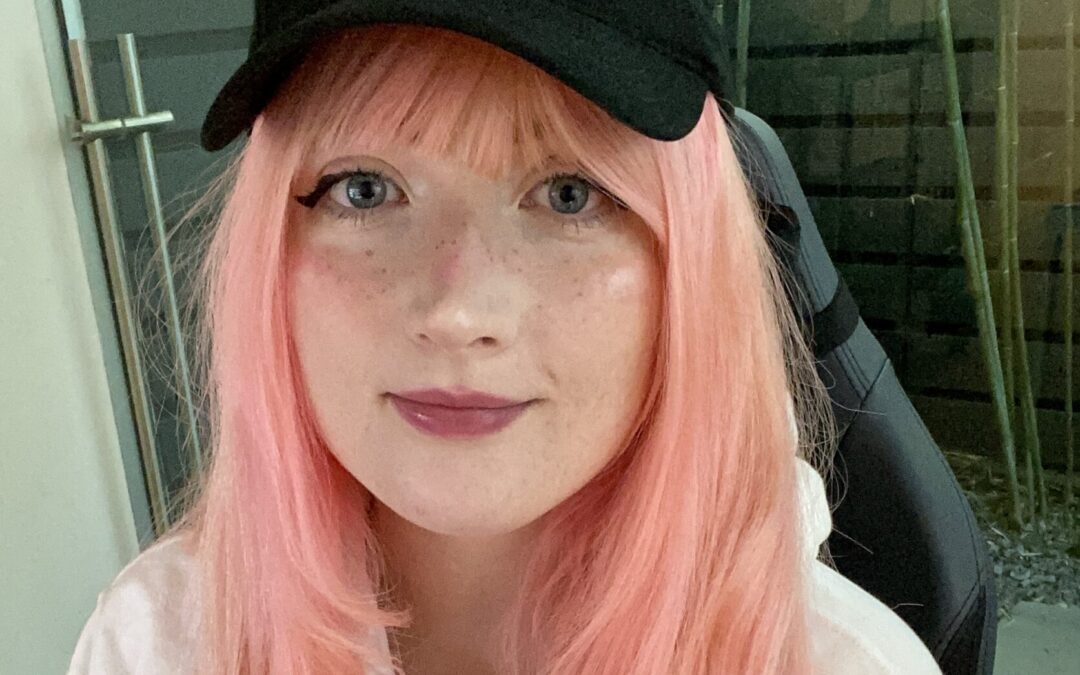
by Michele Kirichanskaya | Mar 28, 2025 | Blog
Haley Newsome is a comic creator, illustrator, and internet artist with millions of followers across YouTube, Instagram, and Twitch. She loves horror movies, animation, and ghosts. Haley has lived in Idaho, Oregon, Calgary, and Tokyo, and currently resides in Los...
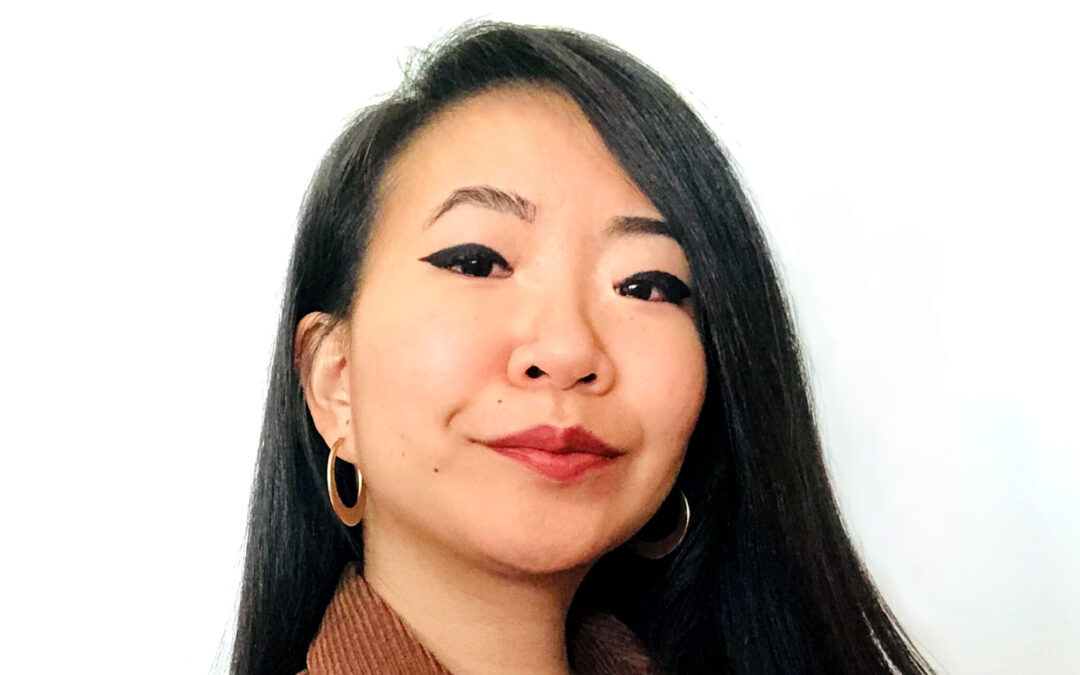
by Michele Kirichanskaya | Mar 19, 2025 | Blog
Arley Nopra is a Filipina-Canadian illustrator and cartoonist who loves wholesome and funny stories with relatable characters. She previously worked as the colorist for the second and third graphic novels for Daytime Emmy Award winning animated series, The Dragon...
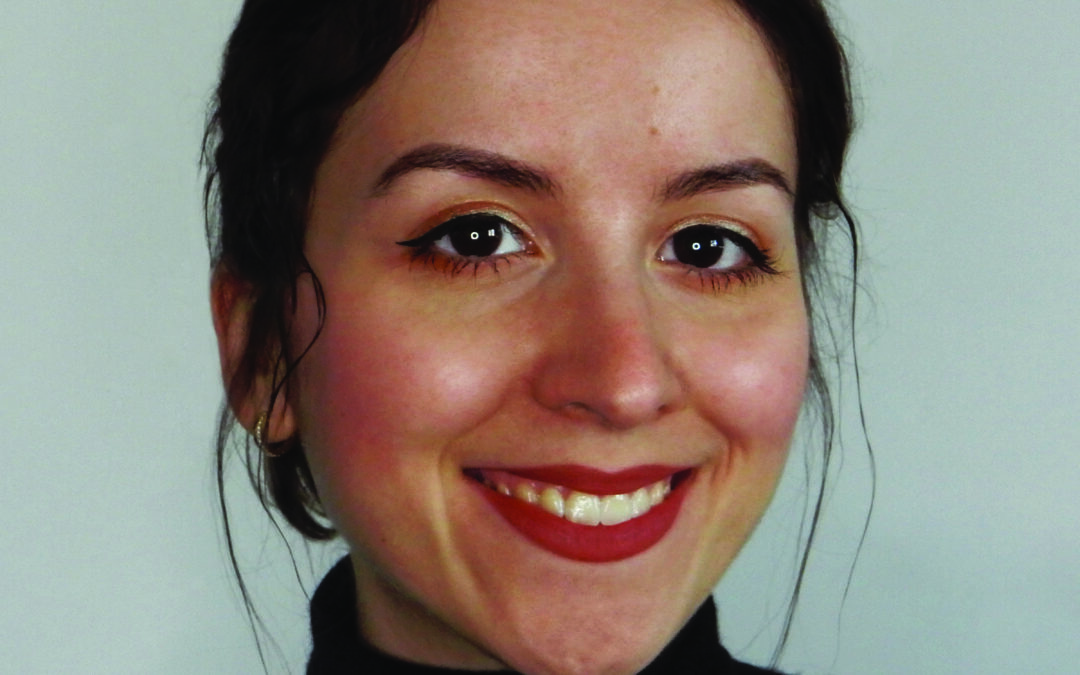
by Michele Kirichanskaya | Feb 7, 2025 | Blog
CASSANDRA CALIN is a cartoonist and humorist best known for her semi-autobiographical webcomic series, Cassandra Comics, in which she talks about her life with curly hair, high expectations, and other daily problems. Originally from Romania, Cassandra immigrated to...






